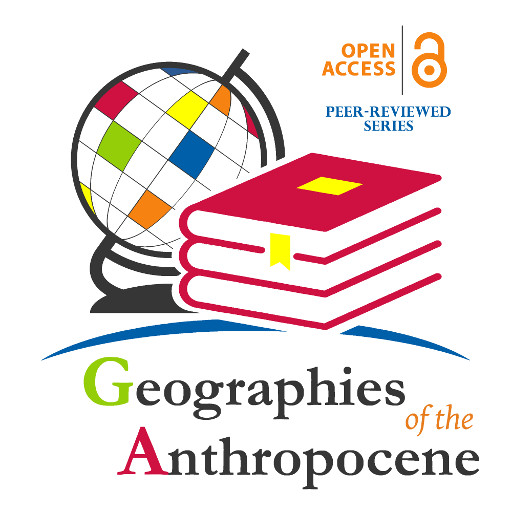Editorial guidelines for authors
Monographic volumes
Proposals of monographic volumes can be presented in Italian, English, French or Spanish.
Proposals must contain an abstract of about 3,000 characters and the architecture of the volume (a summary with the expected chapters).
The final manuscript size must be 17×24 with all margins set to 2 cm. The monograph must contain an abstract and 5 keywords in English language. If the monograph is in Italian, French or Spanish, it must contain an abstract and 5 keywords in the chosen language and an abstract and 5 keywords in English. The line spacing must be single. Footnotes can be set using the References / Footnotes tool. A special indentation on the first line of 0.7 cm should be set.
The length of the manuscript must reach a minimum of 80 pages.
For any further information, we invite the authors to consider the editorial guidelines of the publisher and owner “Il Sileno Edizioni”.
Collective volumes: the chapters
- Title. Concise and informative. Titles are often used in information-retrieval systems. Avoid abbreviations and formulae where possible.
- Author names and affiliations. Please clearly indicate the given name(s) and family name(s) of each author and check that all names are accurately spelled. Present the authors’ affiliation addresses (where the actual work was done) below the names. Provide the full postal address of each affiliation, including the country name and, if available, the e-mail address of each author.
- Corresponding author. Clearly indicate who will handle correspondence at all stages of refereeing and publication, also post-publication. Ensure that the e-mail address is given and that contact details are kept up to date by the corresponding author.
Chapters must be prepared using the Times New Roman font, size 12, and single spacing.
The manuscript word in a miscellaneous volume count must be between 4500 – 6000 words. This includes tables, illustrations, references, etc. All submissions will be reviewed in a double-blind manner.
Abstract
A concise and factual abstract is required (maximum of 1500 characters including spaces). The abstract should state briefly the purpose of the research, the principal results and major conclusions.
An abstract is often presented separately from the chapter, so it must be able to stand alone. For this reason, references should be avoided, but if essential, then cite the author(s) and year(s).
Keywords
Immediately after the abstract, provide a maximum of 5 keywords, using American spelling and avoiding general and plural terms and multiple concepts (avoid, for example, ‘and’, ‘of’’).
Acknowledgements
Collate acknowledgements in a separate section at the end of the article before the references and do not, therefore, include them on the title page, as a footnote to the title or otherwise. List here those individuals who provided help during the research (e.g., providing language help, writing assistance or proof reading the article, etc.).
Formatting of funding sources
It is not necessary to include detailed descriptions on the program or type of grants and awards. When funding is from a block grant or other resources available to a university, college, or other research institution, submit the name of the institute or organization that provided the funding.
If no funding has been provided for the research, please include the following sentence:
This research did not receive any specific grant from funding agencies in the public, commercial, or not-for-profit sectors.
Math formulae
Please submit math equations as editable text and not as images. Present simple formulae in line with normal text where possible and use the solidus (/) instead of a horizontal line for small fractional terms, e.g., X/Y. In principle, variables are to be presented in italics. Powers of e are often more conveniently denoted by exp. Number consecutively any equations that have to be displayed separately from the text (if referred to explicitly in the text).
Footnotes
Footnotes should be used sparingly. Number them consecutively throughout the article. Many word processors build footnotes into the text, and this feature may be used. Should this not be the case, indicate the position of footnotes in the text and present the footnotes themselves separately at the
end of the article.
Subdivision – numbered sections
Divide your article into clearly defined and numbered sections. Subsections should be numbered 1.1 (then 1.1.1, 1.1.2, …), 1.2, etc. (the abstract is not included in section numbering).
Ex.:
5.Title of paragraph
5.1. Sub-paragraph title
Graphs, tables and illustrations
The graphs and illustrations should be included in the text and also sent separately.
All figures, tables (included in the text) and graphs are numbered sequentially with Arabic numerals and must include the caption and any source at the bottom of the figure.
The illustrations should be sent in tif or jpg format with a minimum resolution of 300 DPI.
Where the chapter is accompanied by photographic material, the details of the authorization to the publication must be communicated to the editors and any copyright in advance must be paid.
References
Citation in text:
Please ensure that every reference cited in the text (in parentheses, author, year, and, eventually, the page number) is also present in the reference list (and vice versa).
Citation at the end of the chapter:
– Book:
Bonneuil, C., Fressoz, J., 2015, L’événement anthropocène. La Terre, l’histoire et nous, Éditions du Seuil, Paris.
– Book Chapter:
Tecco, N., 2011, Educazione geografica, resilienza e catastrofi naturali. In: Giorda, C., Puttilli, M. (Eds.), Educare al territorio, educare il territorio. Geografia per la formazione, Carocci, Roma, 308- 320.
– Article:
Guzzetti, F., 2016, “Forecasting natural hazards, performance of scientists, ethics, and the need for transparency”, Toxicological & Environmental Chemistry, 98, 9, 1043-1059.
– Web references:
As a minimum, the full URL should be given and the date when the reference was last accessed. Any further information, if known (DOI, author names, dates, reference to a source publication, etc.), should also be given.
Download Editorial Guidelines for Chapter Proposals




 Support "Il Sileno"
Support "Il Sileno"